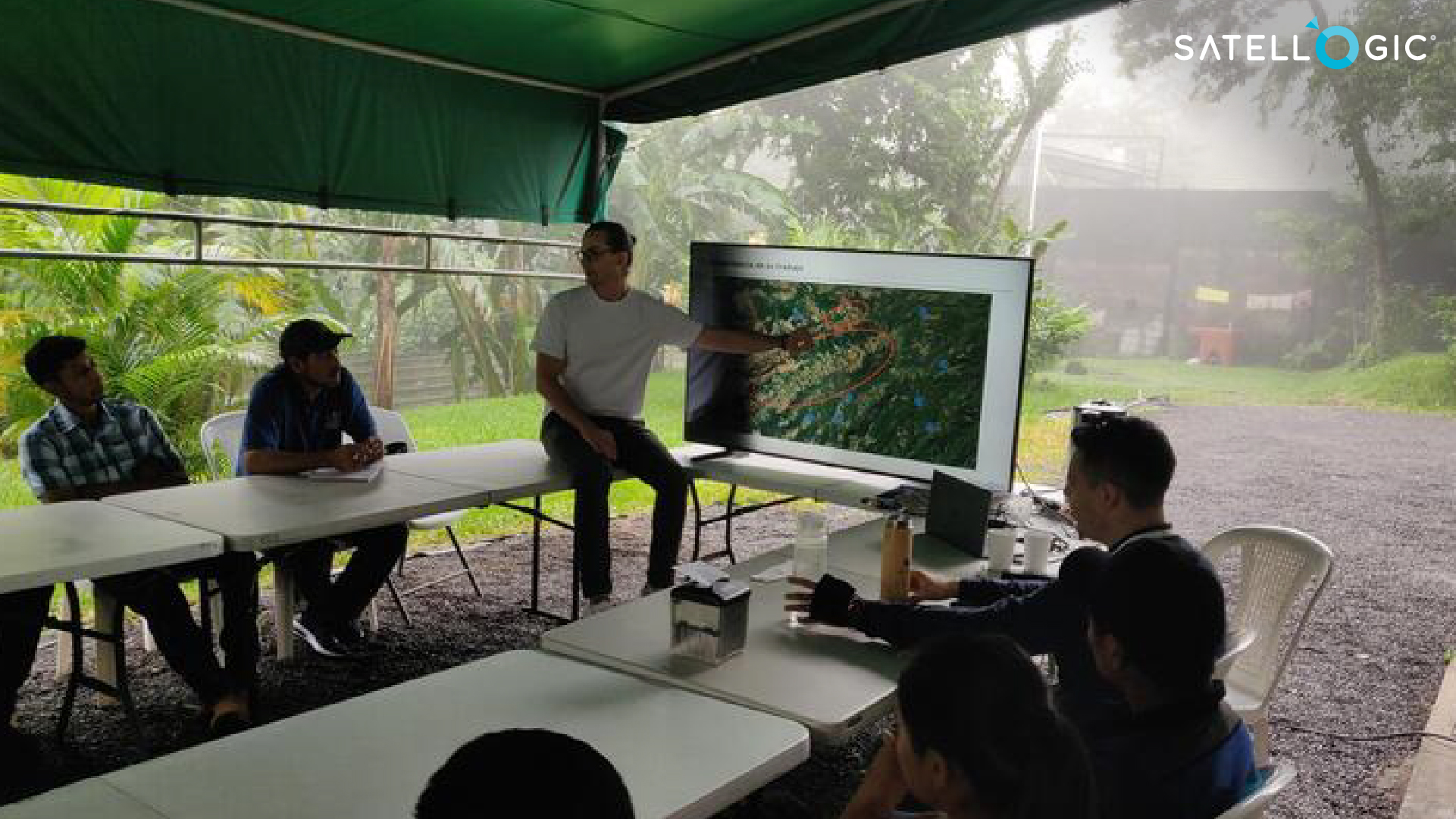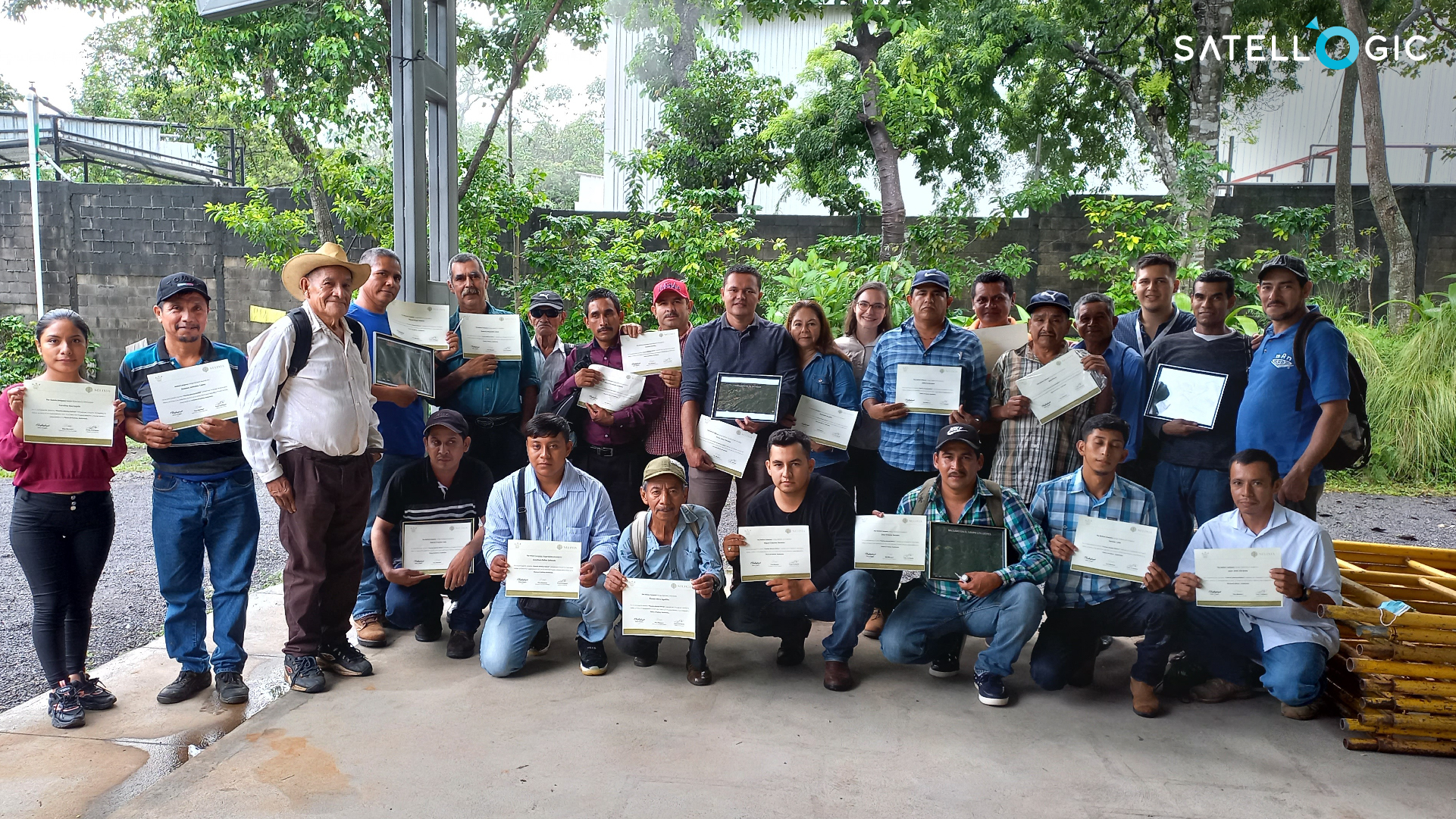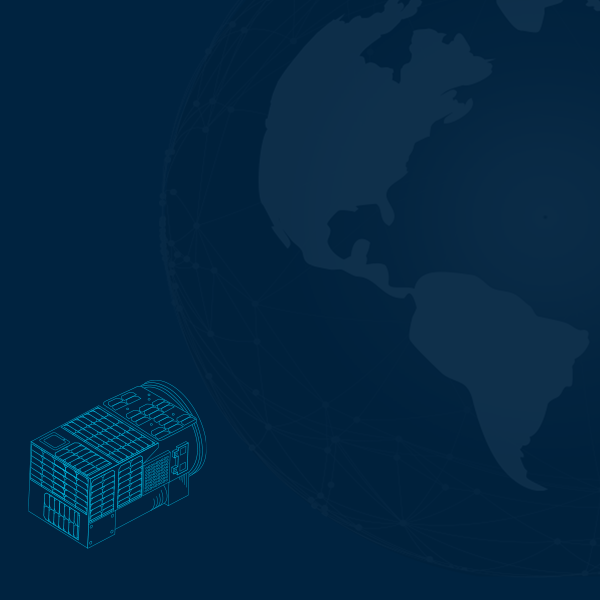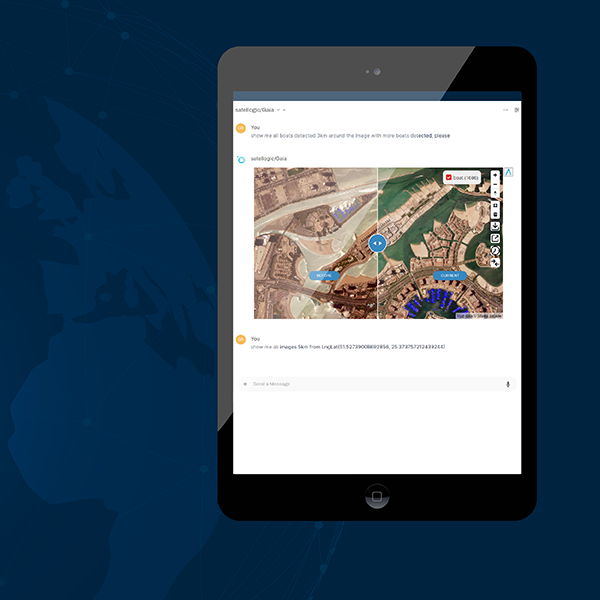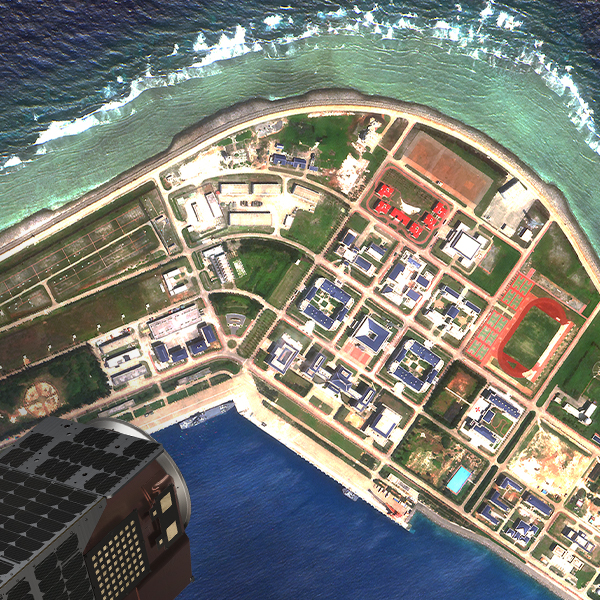
Earth Observation Impact on Local Communities: Costa Balsamera
See how traditional techniques paired with Earth Observation data can support community conservation
Our Satellite Image Processing System Engineer, Florian Pignol, traveled to Central America in 2021 to corroborate how grassroots communities can use Earth Observation data. Read his personal account and learn how democratizing Earth Observation data can positively impact communities worldwide.
While writing this personal account, many members at Satellogic — including myself — were deeply saddened to hear of the passing of Bruno Latour. As a French philosopher and anthropologist, he contributed significantly to science and technology studies, examining the creation, development, and consequences of science and technology in their historical, cultural, and social contexts.
Bruno Latour developed theories, among others, around three major concepts:
- The importance of interdisciplinarity and defined relativism as the heart of objective science. To him, collaboration between different actors, in order to mix frames of reference and perspectives, was the best way to create objectivity.
- The principle of not defining nature as a human-independent notion, but recognizing the continuity between human and non-human agents because our society is made up of more than human beings; focusing on the importance of considering, as a whole, the communities within their environment.
- Providing a democratic method to voice the perspectives of all actors within an environment, both human and non-human, as described in his 1994 lecture titled The Parliament of Things
In this post, we would like to humbly contribute to this vision by presenting one example of how we think Earth Observation could empower communities and their environment by implementing these three Bruno Latour concepts.
Peru Balsam, in El Salvador
Collaborating with Nelixia and Peru balsam producers while in El Salvador, I fused on-field expertise with Earth Observation data to give a voice to all entities and highlight how important this activity is for the local ecosystem.
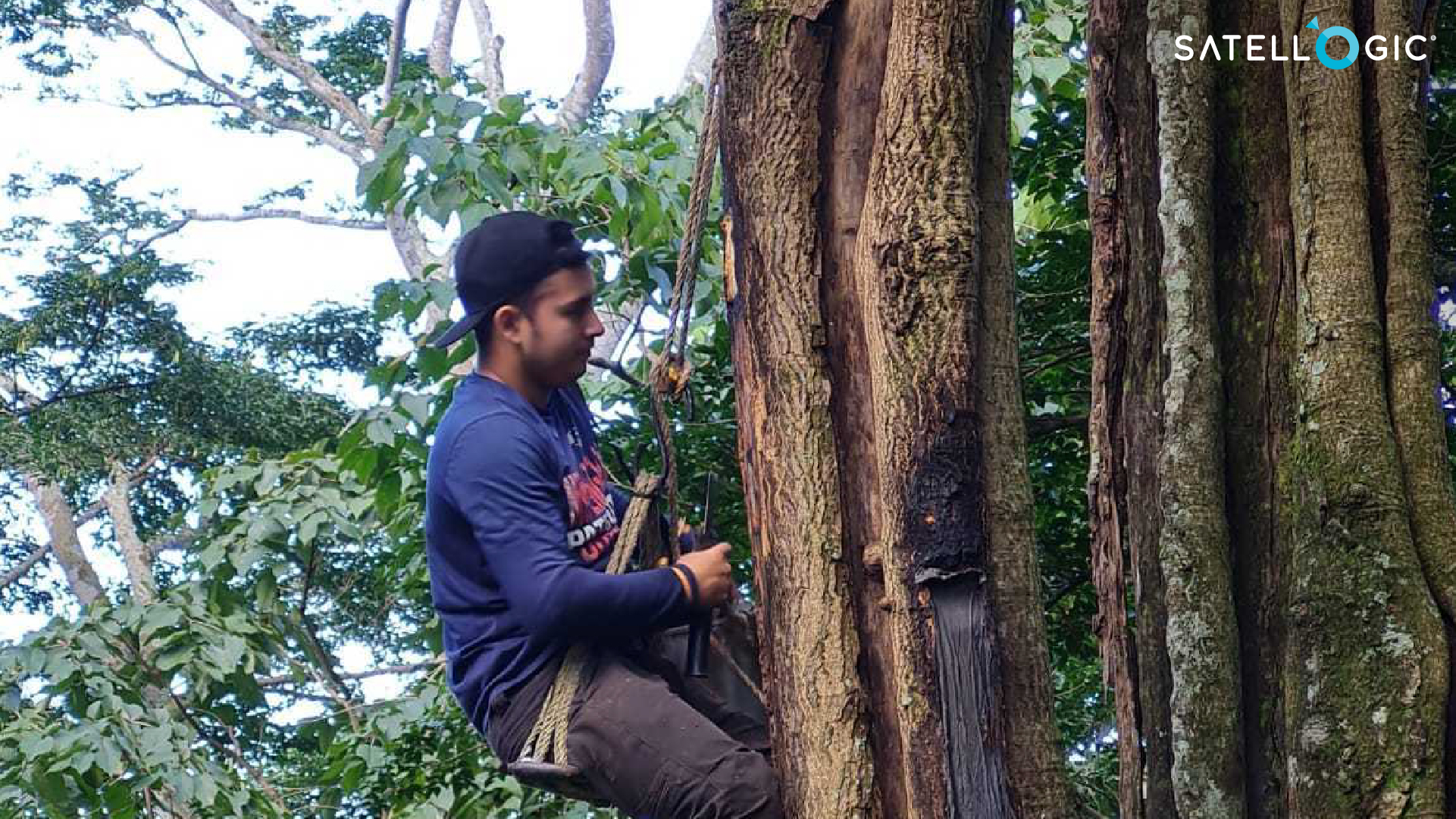
Myroxylon balsamum pereirae is a tree native from Central America, growing up to 34m in height across tropical forests, with a lifespan of more than 300 years!
Despite its namesake, El Salvador is the only producer of Peru balsam resin in the world. The main production region is located along the south coast of El Salvador, known as “Costa Balsamera”. Peru balsam resin harvest is unique and can only be performed by a skilled Peru balsam producer, known as “Balsamero”.
At first, tappers climb the balsam trees with a torch which is used to heat the bark on certain sides of the trunk, permitting easy bark-removal. They know exactly the size of the incision they need to do to preserve the tree.
After a few days, a piece of rag is placed over the incision and the balsam starts exuding into it. Rag and bark pieces are then boiled separately and pressed.
The ancestral know-how of the “Balsameros” needs to keep being transmitted, and attracting the new generation can be a challenge. With this objective in mind, I collaborated with Nelixia, a company based in Latin America that works closely with local communities to produce 100% natural ingredients, such as Peru Balsam resin. Nelixia commits to empower producing communities while promoting regenerative agricultural practices and impact neutral production.
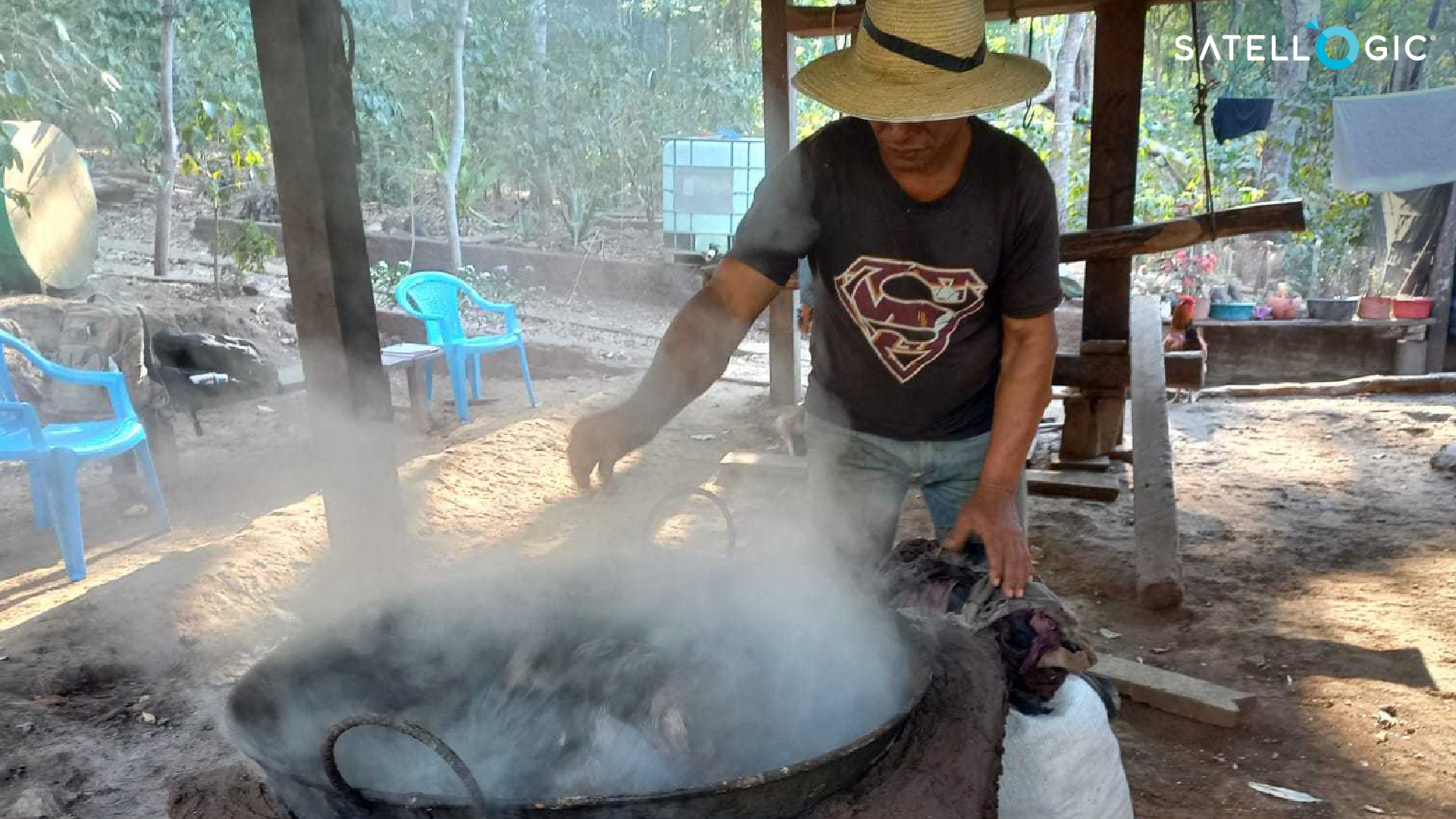
After an on-field mission, biologists, agronomists, Balsameros, perfumers, industrials and an EO data expert gathered in a workshop to emphasize the importance of the Balsameros for their ecosystem.
This interdisciplinary collaboration demonstrated the rich tapestry of relationships between vegetation, wildlife, specific climate and local community. Moreover, based on satellite imagery of the whole region, a strong connection between Balsameros’ activity and regional forest land usage could be established, demonstrating the importance of this activity for the preservation of a unique ecosystem.
An active effort is now being performed in order to communicate these conclusions to the communities, targeting the young generation. For this, satellite images have been printed out as a powerful, visual tool to support the discussions.
Finally, certification procedures have been triggered in order to obtain international recognition.
Overall, this trip was a great example of how Earth Observation data can be used in conjunction with on-field expertise to support and enhance the work of local communities. It showed the value of the Peru balsam producers for the ecosystem and the importance of preserving their ancestral knowledge for future generations.
On a closing note, during my trip, I observed Bruno Latour’s theories on interdisciplinarity, relativism, and the connection between human and non-human agents in Peru balsam production. By collaborating with Nelixia and local Balsameros, we were able to mix frames of reference and perspectives to create objectivity and give a voice to all actors involved in the process.
Through this collaboration, we emphasized the importance of the Balsameros’ ancestral knowledge and their unique relationship with the ecosystem. By incorporating Earth Observation data, we established a strong connection between the Balsameros’ activity and the preservation of the forest, furthering Latour’s vision of considering the whole community within their environment.
